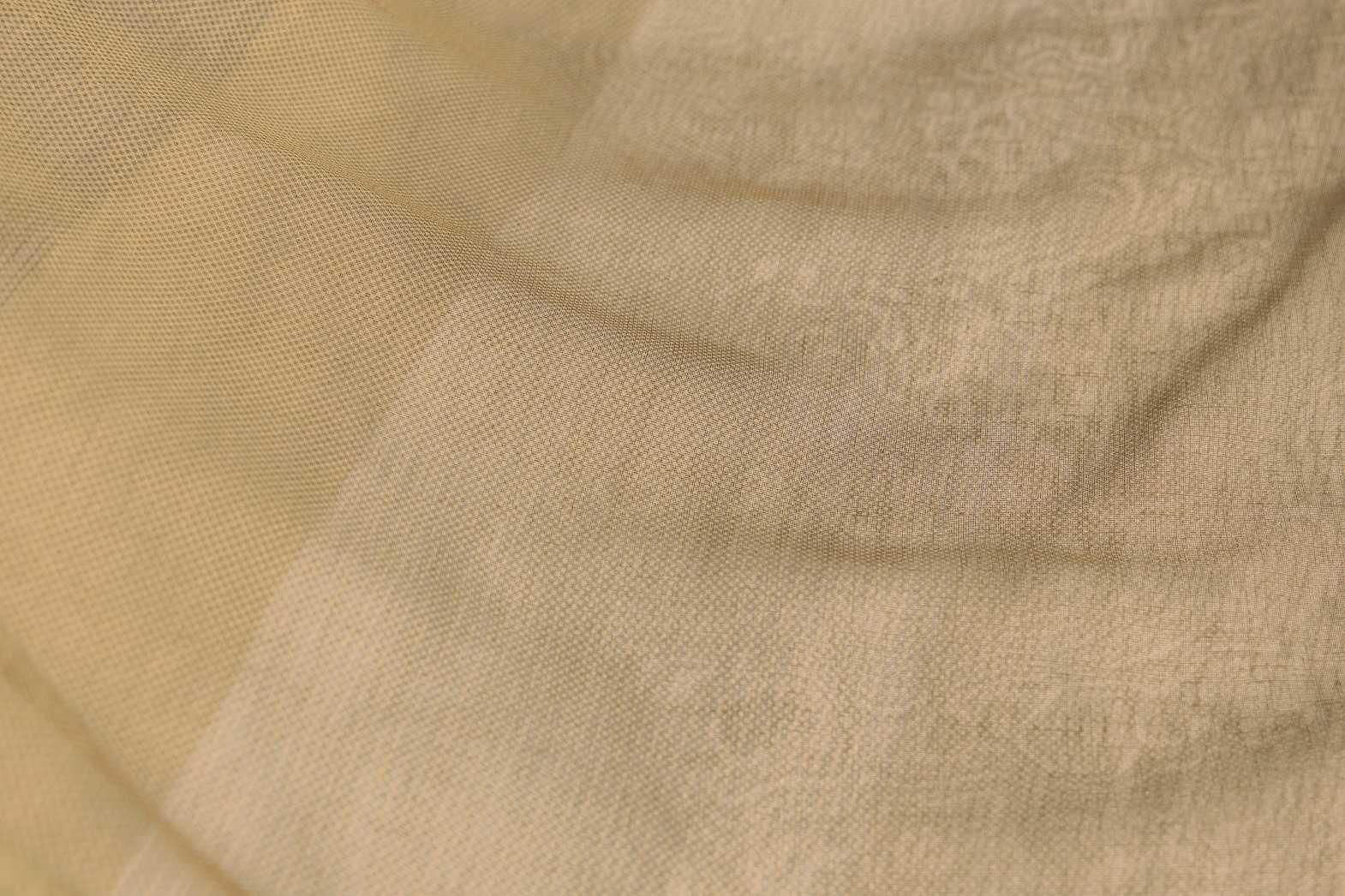What does a thin strip of fabric have to offer to the billion dollar apparel market?
Fabrics that are not more than 45 cm in width, having two selvedges (uncut edges on both the sides) can be termed as Narrow Fabrics. Trims, lace, cording, and ribbon are a few to name. These fabrics are used to connect different components of apparels.
Materials such as cotton, satin, velvet, nylon, beads and fiber glass are used for making narrow fabrics. Durable, stretchable, rot, abrasion and heat resistant, these fabrics have wide spread applications. From the mouth watering Swiss chocolate box wrappings to artistic costume embellishments and heavy harnesses, narrow fabrics see wide applications. They are also used as c
Types of Narrow Fabrics:
Labels:
Reflective tapes: They are used in creating logos used in apparels, handbags, and footwear.
Braids:
Elastics:
Industry Applications of Narrow Fabrics:
Narrow fabrics see widespread industry applications. In the garment industry, they are used for making collars, leashes, backpacks, golf cart bag holders, shoe laces,and many more. In the medical field, they are used for making non-elastic straps. Marine industry uses narrow fabrics for making boat tops, curtains, and cushions. These fabrics see applications in making carrier racks and child restraints in automobile sector.
Elastic
narrow fabrics:
Elastic
narrow fabrics are made from elastomeric yarn, and other type of yarns spun
from polyester, nylon, and cotton. Around 3000 varieties of elastic fabrics are
manufactured, mainly falling under two categories; woven and knitted. These
fabrics allow strechability, durability, soft feel, and have shrink resistance.
They are available as tapes of 25, 32, and 38 mm. Primarily used in the making
of intimate apparels they are manufactured with or without logos as per the
customer requirements. Elastic narrow fabrics have much application in the
intimate wear industry. Apart from that, narrow fabrics are also used in the
making of skirts, jackets, shorts, baby diapers, sport goods, medical goods and
many more.
An
IMaCS Analysis reveals that elastic narrow fabrics have lucrative market in
India. Market size is estimated to be 830 million meters and is valued to be `365
crore. Demand for tapes is predicted to grow by 6% per annum to reach 1,110
million meters by 2012-13. Intimate garments consume 80-85% of elastic narrow
fabrics manufactured. With a profitable market projection for inner garments,
there is also a good scope for elastic narrow fabrics.
Growing
Market for Narrow fabrics:
Today,
the market for narrow fabrics has gone through a tremendous change. Earlier,
chains were used as safety belts. This is now replaced with safety belts.
Containers which were earlier fixed with chains are being replaced with belts
currently. Narrow fabrics are seen in every kind; snow drifts, barriers, and
many more. During the last decade, narrow fabrics industry has experienced an
enormous upswing. Though there are no real target groups, application of narrow
fabric is focused across the whole of the textile industry. Narrow fabrics are
easy to handle, and uncomplicated to mount. Luggages are no longer protected
with tarpaulins, but with nets. Leather loops used in ski poles in the past has
been replaced with ribbons made from narrow fabrics. Radical changes in the
textile sector have fueled the narrow fabric industry to become more
successful.
Manufactured in compliance with the industry standards, narrow fabrics are sought after for its unique features such as attractive color combinations, durability, heat and abrasion resistance, and performance. Narrow fabrics have good market demand in India due to its cost effectiveness, and availability in a range of patterns, designs, and colors.
Indian
textile sector is experiencing a drastic growth supplemented with aspirations,
and innovations. Customer preferences keep changing all the time. Innovations
will help in the future growth of the industry. Indian garment industry has
been thriving for ages, and narrow fabrics see commercial textile applications
in the textile sector.
References:
1) Nonwovenbagmachines.com
2) Textileworld.com








Comments